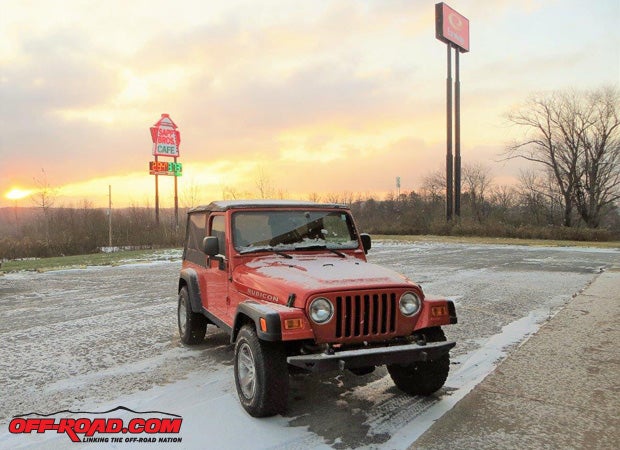
Sixty-some years ago, before our favorite 4WD vehicle earned the name of Jeep, the Army’s 4WD 1/4-ton scout vehicle was given the designation of “GP” for General Purpose vehicle, meaning that the Army needed a small, agile vehicle that could do any job it was called upon to perform: carrying four soldiers, mounting a machine gun, towing a 1/4-ton trailer, supplying ammo to the front lines, carrying wounded to the rear echelon, etc. This GP designation is seen as one of the original reasons that GIs started calling it a “Jeep.” GP was also in the back of my mind when I first began sketching out the Jeep I wanted to build.
This is the first half of a two-part series documenting the process of building a 2005 Jeep Rubicon Unlimited into an awesome Arizona all-around family four wheeler. With the exception of a few parts because an LJ is longer than a TJ model, all the steps are interchangeable between the two models, but the few exceptions are also available in TJ lengths.
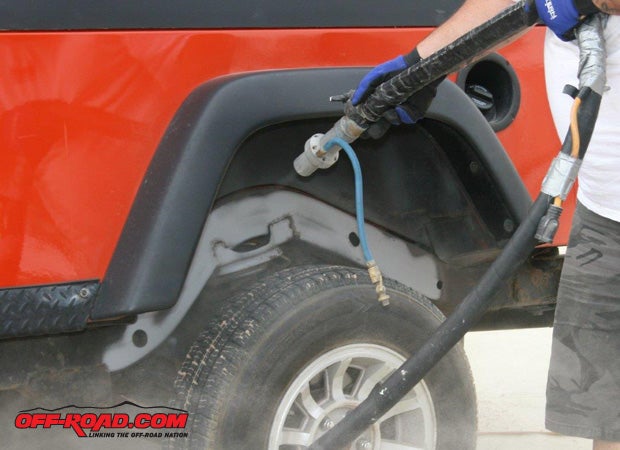
We will take the Jeep from a completely stock East Coast commuter to a wicked Western wheeler. It’ll be a general purpose vehicle, an exploration rig, which can be flat-towed behind a motorhome or tow its own camping trailer to and over the Rubicon. It may not be able to compete in the King of the Hammers, but it will be able to climb all of the Hammers—and drive there to boot!
Part 1—Gears, Suspension, and Tires: We’ll show the installation of a 4.0-inch long-arm lift kit from TNT Customs, Cheyenne, Wyoming, including driveshafts, Rugged Ridge heavy-duty steering components, Fox shocks and ARB coil springs. We’ll show you the tools and explain the experience needed to install deeper gears from Yukon and stronger axles (RCV and Alloy) in the Rubicon’s Dana 44 differential housings. Beadlock wheels from Summit Racing and Yokohama Geolandar M/T tires finish up this segment.
Part 2—Body, Armor, and Protection: TNT Customs body armor, TNT flat front fenders, and TNT rock rails are installed along with a front roll bar cage kit from Smittybilt, a 31-gallon GenRight gas tank, and Rugged Ridge tube bumpers. We’ll also show you how to install LED headlights, LED turn signals, LED taillights, LED backup lights, LED fog and LED driving lights. In addition, you’ll see the installation of a Rally Tops’ hardtop, matching seat covers, floor mats, CB radio, and you’ll learn the “do’s” and “don’ts” on how to prep your Jeep for a Maaco paintjob.
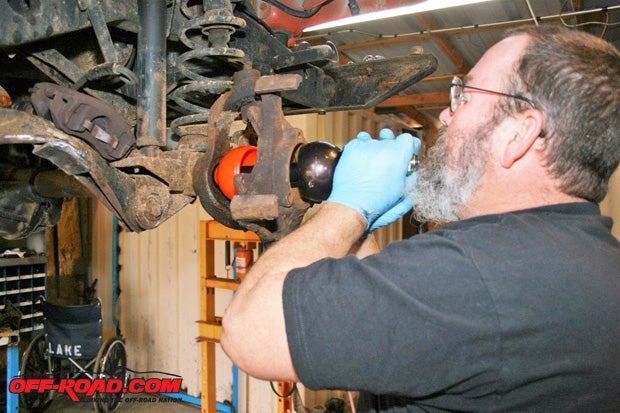
Background
Over the years, we have built around a half-dozen Jeeps. However, for the first time in fifty years of wheeling, we knew what this 2005 Rubicon Unlimited was going to be even before we bought it. In other words, our plans were already set before we flew to New Hampshire to collect it, and most of the products were already in our garage before the Jeep made it to Arizona.
At one time or another, we’ve owned at least one of nearly all Jeep models with the exception of a forward-control truck, and while we owned them we built most of them into our ideas of perfect Jeeps before selling them. But all those projects were planned after the purchase; fulfilled as money, ideas, or products became available. All those Jeep rebuilds showed us what worked and what did not, so this is the first Jeep build on which we used all our previous experience to preplan.
Early on we decided that we wanted an orange Rubicon LJ with an automatic transmission. We wanted a Rubicon because of its Dana 44 differentials, its heavier-duty transfer case with 4:1 low range, its selectable lockers, and its four disc brakes. The Rubicon Unlimited is one heck of a machine right off the dealership’s floor, but it still needs help to become an extremely capable trail runner.
We bought our first Jeep (a 1946 CJ2a) in 1964, so we knew what we wanted in a Jeep. We found the stock Rubicon Unlimited in Manchester, New Hampshire. We flew into Manchester, picked up the Jeep, and drove it back to Kingman—3,000 miles in three days. We pretty much just set the cruise control, turned the radio up, and steered the Jeep between fuel, food, and flop stops. That 3,000-mile trip, at those sustained high speeds across most of the United States, proved the innate reliability of the 10-year-old Wrangler.
After 3,000 miles of high-speed freeway flying, our first choice for change was a hardtop to replace the well-used 10-year-old factory soft top. After that many years of wear and tear, the old top was noisy and drafty so it needed to be replaced. The upgrade to the Rally Tops’ fiberglass top will be covered in Part 2, but in the meantime, we emptied our garage and filled our trailer to transport all the components to Kevin Lake’s shop.
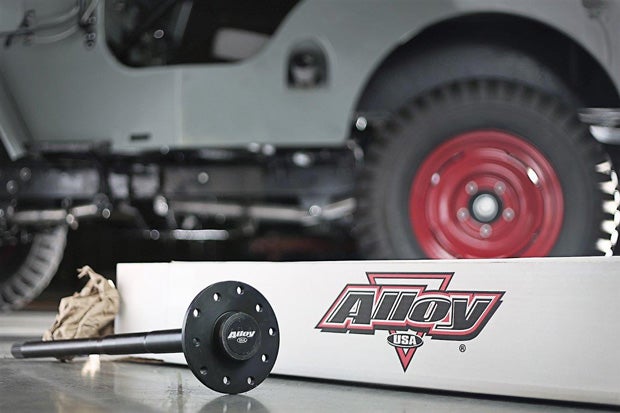
Axles and Gears
Eliminate the weak points on your ride with unbreakable axles, deeper gear sets, and stronger driveshafts.
In 2005, the Rubicon Unlimited was arguably the best trail Jeep to ever come out of Toledo. The Rubicon and Unlimited models had just been introduced in 2004, and in ’05 the Rubicon option list was added to the longer-wheelbase Unlimited models. As most of you know, the optional Rubicon list included Dana 44 differentials, four disc brakes, heavy-duty transfer case with 4:1 low range, selectable low-pressure air lockers, and 4.11:1 differential gears.
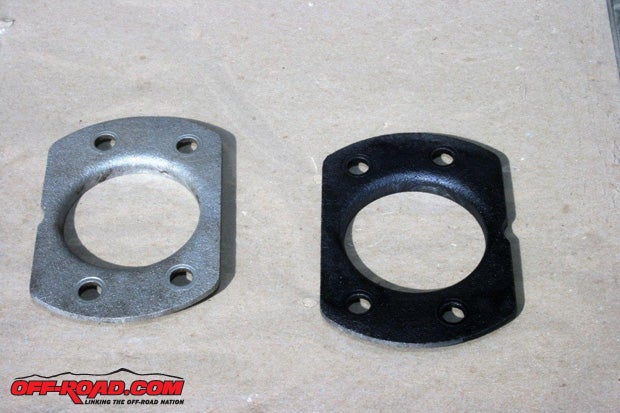
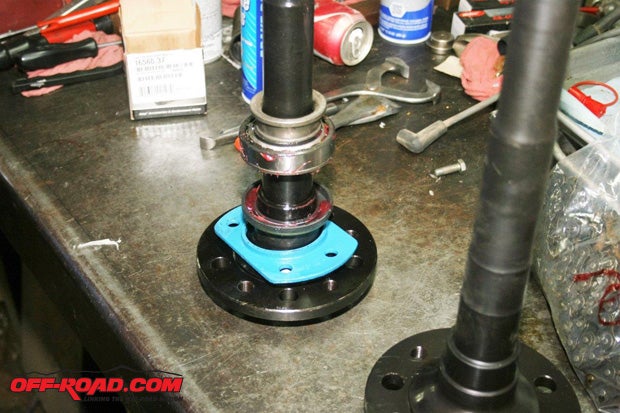
Starting with the strongest Wrangler available made our job much easier, but even more strength was our goal when we were deciding what our Jeep needed in its upgrade. But how we were to gain that goal was the question. Since we were keeping the original engine and transmission combination, we’d have to find alternate solutions.
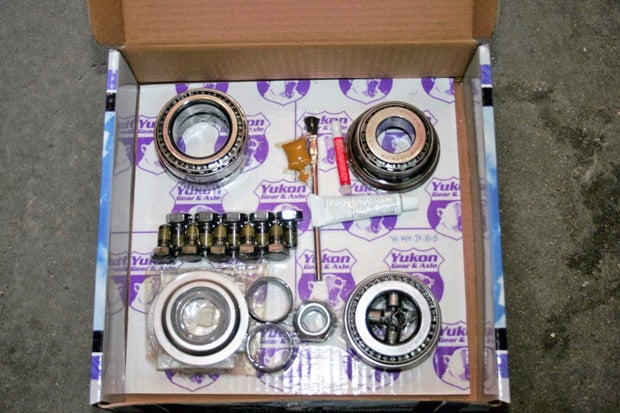
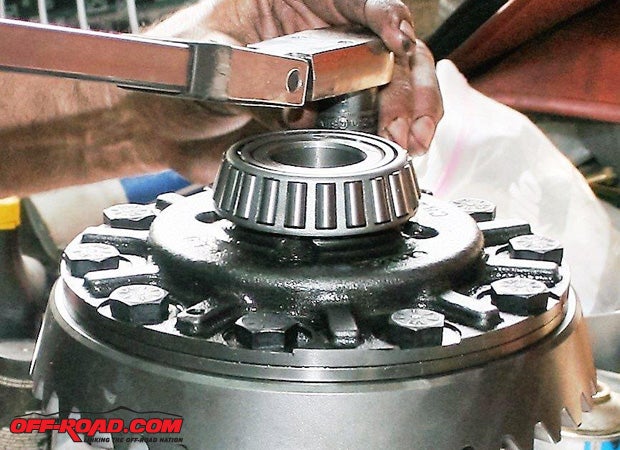
Having used RCV front axles in two previous Jeep builds—they’re virtually unbreakable and have a lifetime warranty—our next choice was the RCV Performance front axle set. RCV axles use constant-velocity (CV) joints instead of the more common—and less expensive—U-joints. Not only are CVs smooth when at full lock turns, they are far stronger. According to RCV, during factory tests the axle shaft itself twisted off before the joint could break. The RCV Dana 44 front axle kit comes complete and ready to install, including a tube of special-compound axle grease to fill the CV joints just before installation (and to keep them filled during the annual follow-up maintenance schedule). The kit also includes a tool that aids in the installation of the orange urethane boots that protect the CV joints from moisture and debris while on the trail. Hint: If you leave the axle ends exposed—i.e., don’t use the hub caps that usually come with new wheels—it’ll aid in the axles’ annual maintenance later on. You may need RCV’s Needle Grease Tip, Part #100-24, to shoot the grease into the axles’ ends.
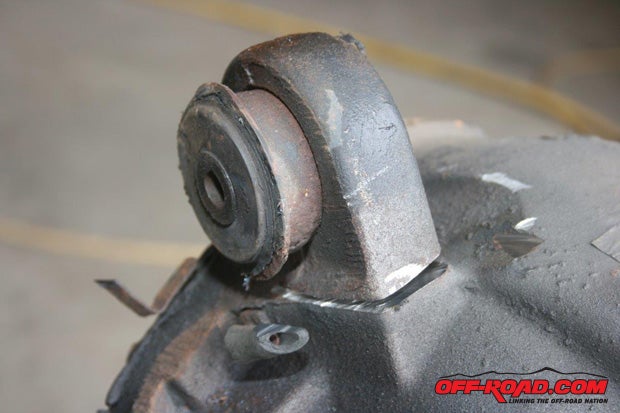
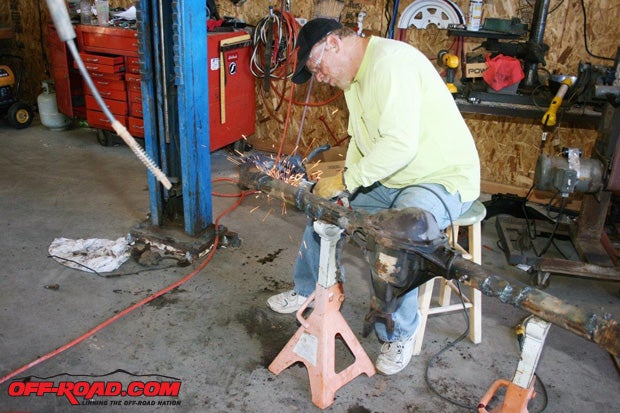
In past builds, other than adding trusses to the differential housings and installing deeper gears (and an SSBC disc brake conversion to our CJ7), we’ve pretty much left the rear differentials alone. However, this build was different; we planned to hit the trails with a fully built Jeep rather than taking months or years to build it piece-meal, one step at a time. So our choice was a pair of Alloy USA chromoly axles.
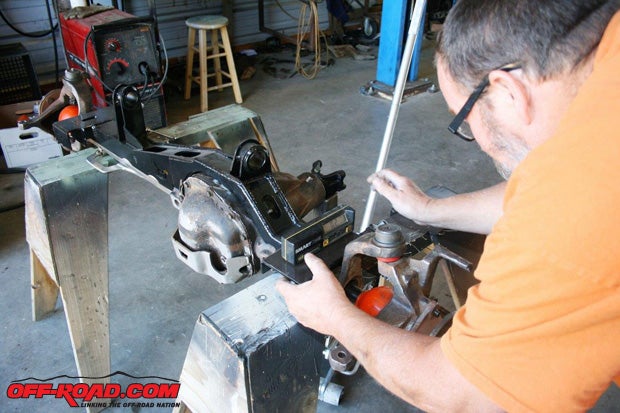
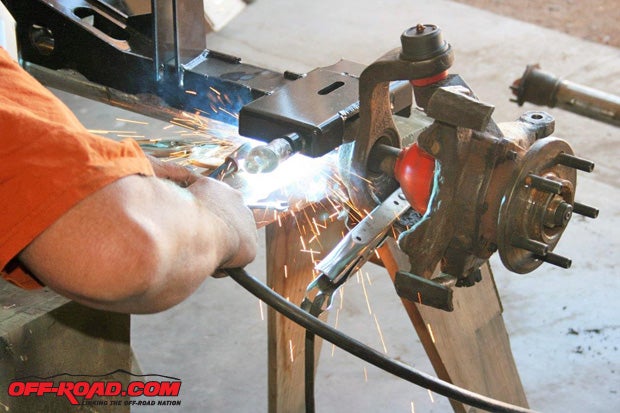
The people at Alloy USA combine excellent engineering with topnotch manufacturing to produce shafts strong enough to twist the Yokohamas over Jackhammer boulders without snapping or even stressing an axle. These high-tensile 4340 chromoly rear axle shafts are heat-treated and induction-hardened to have twice the tensile strength of stock axles and are up to 40 percent stronger overall due to the utilization of the latest cold spline technology.
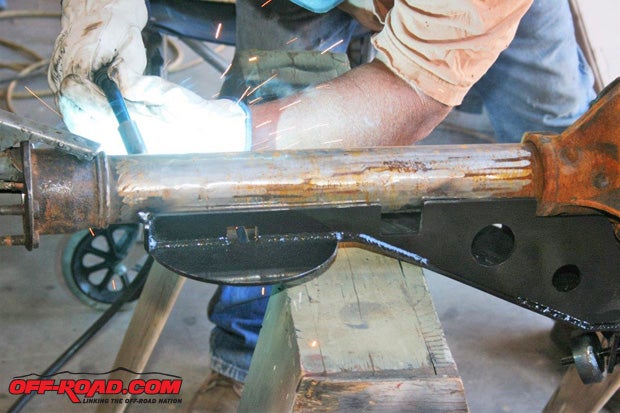
Why should you upgrade the rear axles? The cost is the same or less than OEM replacement axles, but the big reason is that horsepower is useless if you can’t get it to the ground. And large, high-traction tires—such as the Yokohama Geolandar M/T 35-inch tires—can break or twist a decade-old OEM axle shaft, that’s why we upgraded. According to Alloy USA, the company uses the latest cold-rolled splining technology to produce splines that are stronger than traditionally cut splines. Alloy USA rear axle shafts, which come with a ten-year warranty, will help you get dialed in for the maximum power connection, both on the road and off.
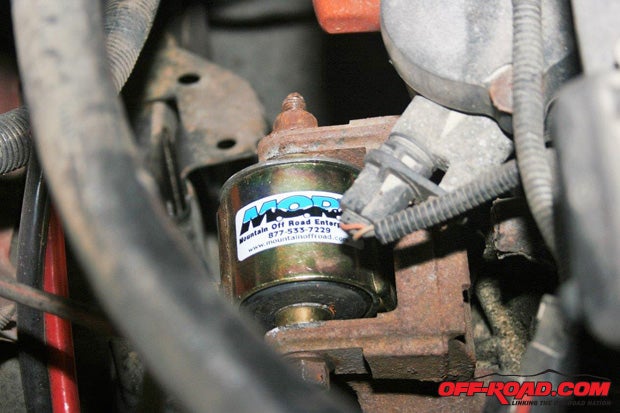
But what were the axle splines going to slip into? We could leave the stock gear set in place but 35-inch tires can really overtax 4.11:1 gears on the highway. And we’ll be towing our custom camping trailer on most of our on-road excursions and many of our off-road expeditions, so we don’t want to lug the engine or cause the four-speed automatic transmission to be hunting for the right gear all the time (which causes premature tranny failure from too much heat).
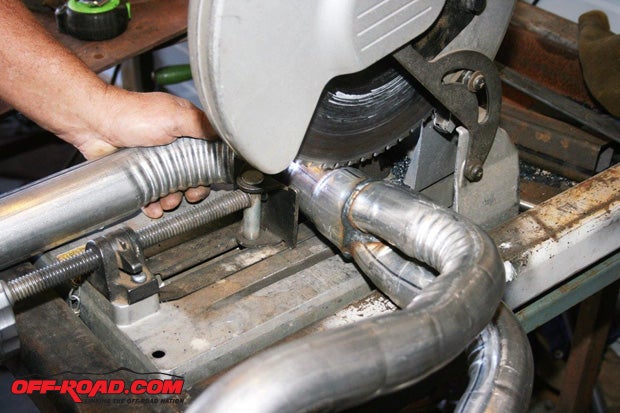
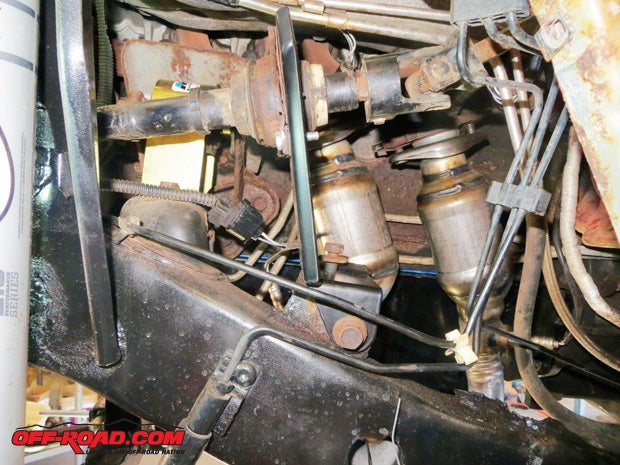
This sent me to Summit Racing’s website to use its gear comparison calculator. What we were searching for was a gear set that kept the engine’s RPM at the same RPM or slightly higher than the factory-gear/tire-height setup. The calculator asks for the gear ratio, tire height, and miles-per-hour. Once you have the stock RPM, you input the variables that you are considering (tire size, gear ratios, etc.) and note the resulting RPM. With the Yokohama Geolander M/T’s 35-inch diameter, we determined that 4.56:1 gear ratios would give us a few hundred RPM above the stock gear/tire combo, which we thought was perfect for towing the trailer. Plus, we also get the advantage of increased RPM multiplication in the lower transmission gears for hill climbing and rock crawling. A gear calculator is an invaluable tool when planning your future vehicle modifications.


 Your Privacy Choices
Your Privacy Choices